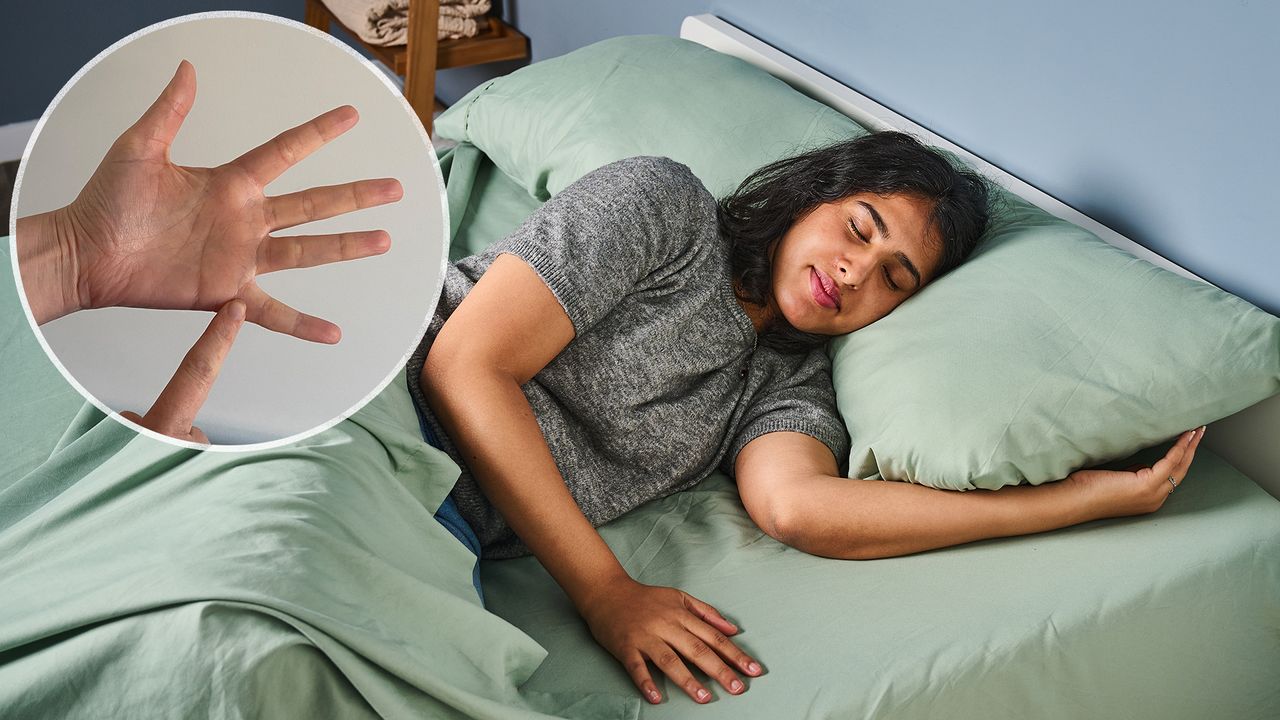
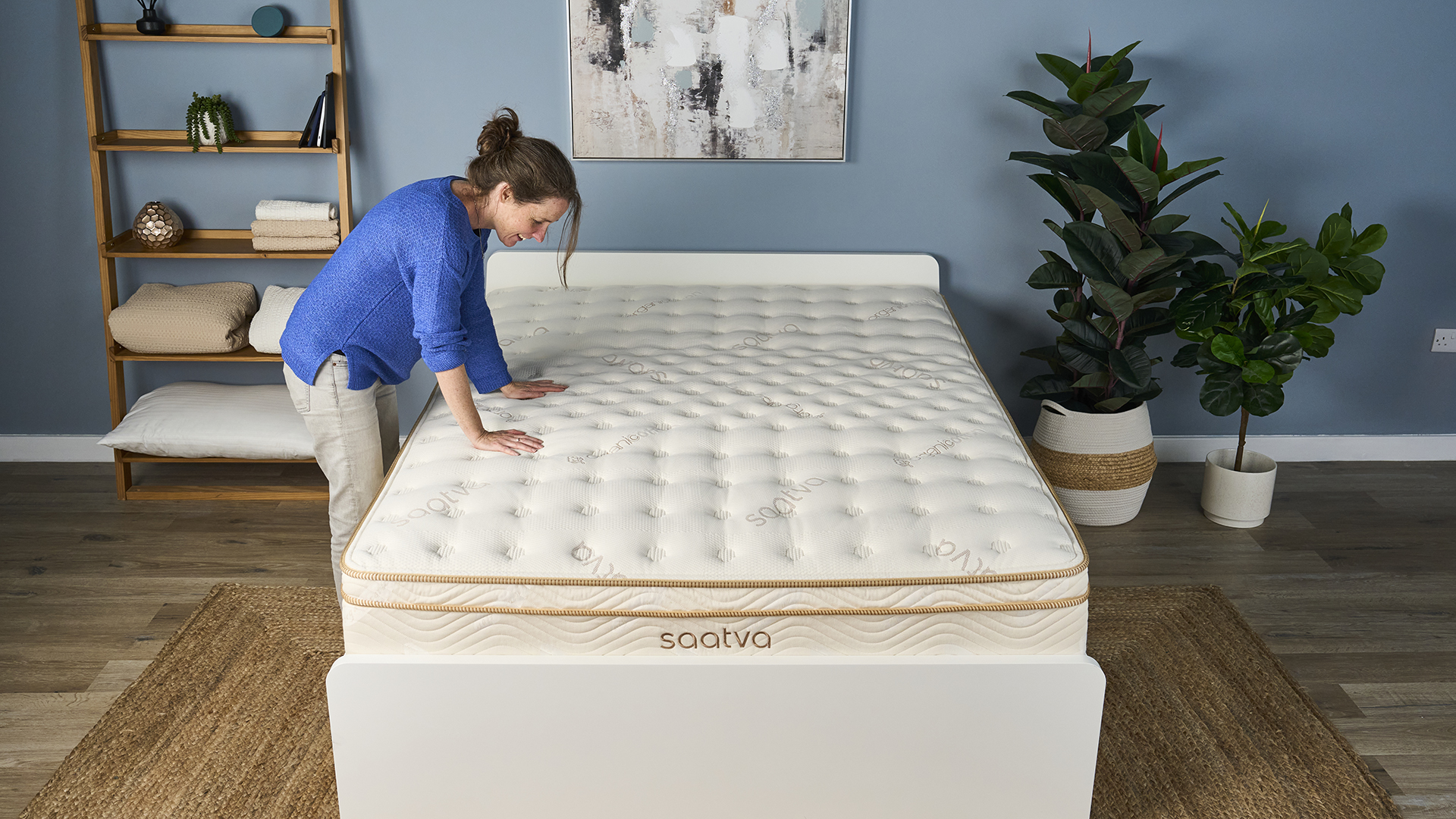
The best mattresses for your sleep needs provide comfort every night, no matter what's on your mind.
Finger breathing, also known as five finger breathing, is a simple relaxation technique for sleep that comes backed by experts — and all you need are two hands.
Dr. James Parker of the Everett Clinic describes finger breathing as a "technique to calm yourself if you're feeling particularly anxious or frightened or upset,"
So how do you do it and does finger breathing really help reduce nighttime anxiety?
It's almost as simple as 'breathe in, breathe out' so I put this technique to the test... but my itchy palms might be trying something else to calm down.
What is 'finger breathing'?
Five finger breathing is a simple technique that only requires two hands and a comfortable place to rest.
"[Finger breathing] is something that everyone can apply, from kids to teens to adults," explains Dr. Parker.
To begin, get yourself comfortable either sitting or lying down.
Next, designate one hand as the 'base' and one as the 'trace.'
Hold your 'base' hand in front of you and place the index finger of your 'trace' hand at the base of your thumb.
Slowly trace your finger up the outside of your thumb while breathing in through your nose.
Next, trace your finger down the inside of your thumb, breathing out through the mouth.
Repeat this technique for the rest of your fingers, keeping the movement slow and deliberate and your breathing even.
Once you've reached the outer base of your pinky finger, if you're still feeling wound up, reverse direction and go again.
@clevelandclinic Five-finger breathing is a simple but powerful breathing technique that induces deep relaxation — and you can do just about anywhere! 🖐️ Unlike other types of breathwork, five-finger breathing is a multisensory experience where you concentrate on more than just your breath. You also focus on the movement and sensation of one hand touching another, slowly and with intentionality. This helps your brain enter a state of deep relaxation, which causes it to release endorphins.
♬ Ambient-style emotional piano - MoppySound
My experience with finger breathing
We've tried a lot of strange sleep techniques on the Tom's Guide team, from mouth taping to the drunken monkey method, but even my team found finger breathing a funny prospect.
However, I was intrigued and when I inevitably found my thoughts racing one night before bed, I decided to give finger breathing a go.
It's certainly an easy method and for those who have no experience with breathing techniques for sleep, it's a good starting point. The tracing movement did force me to regulate my breathing and I like the combination of body and mind.
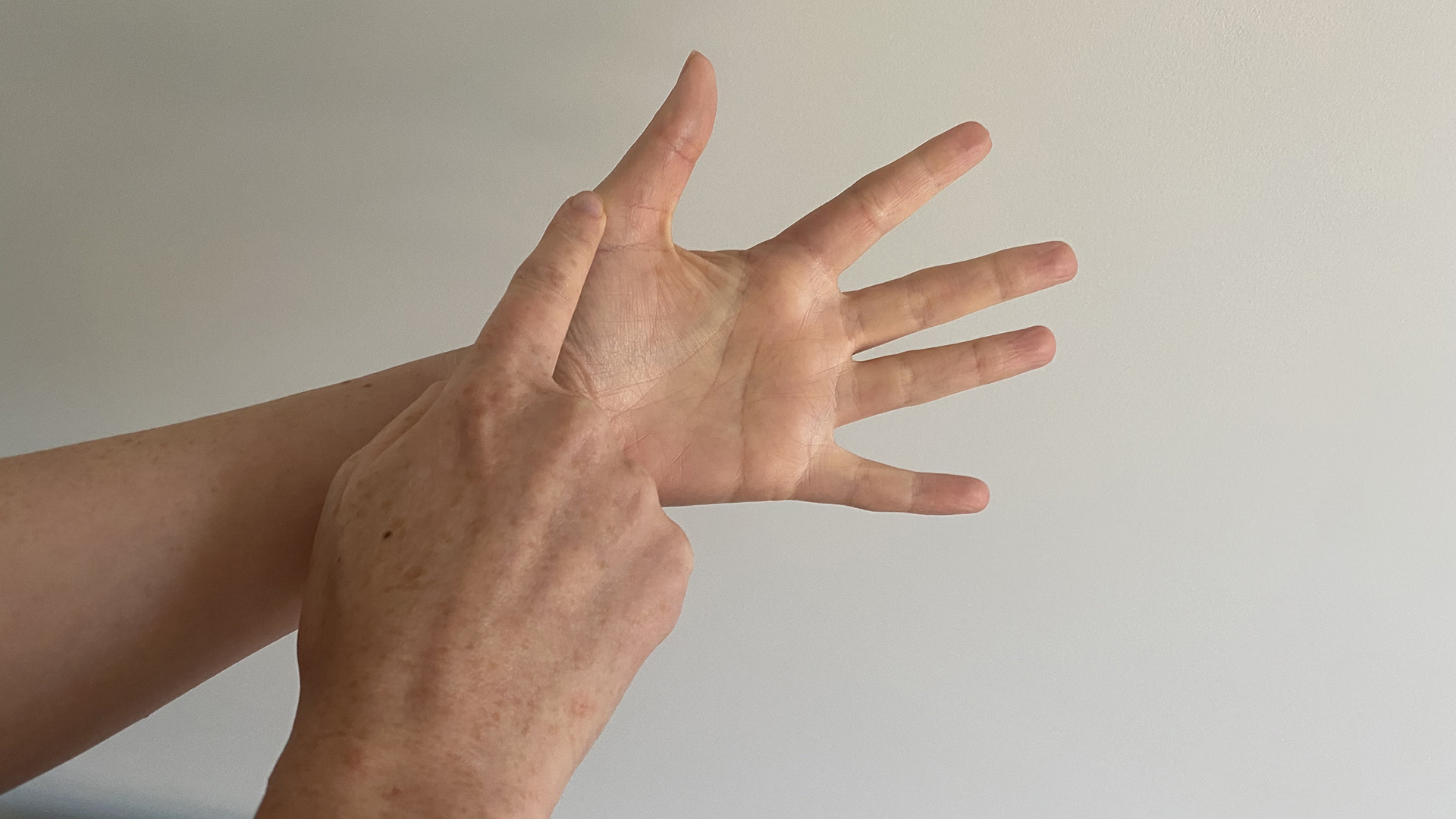
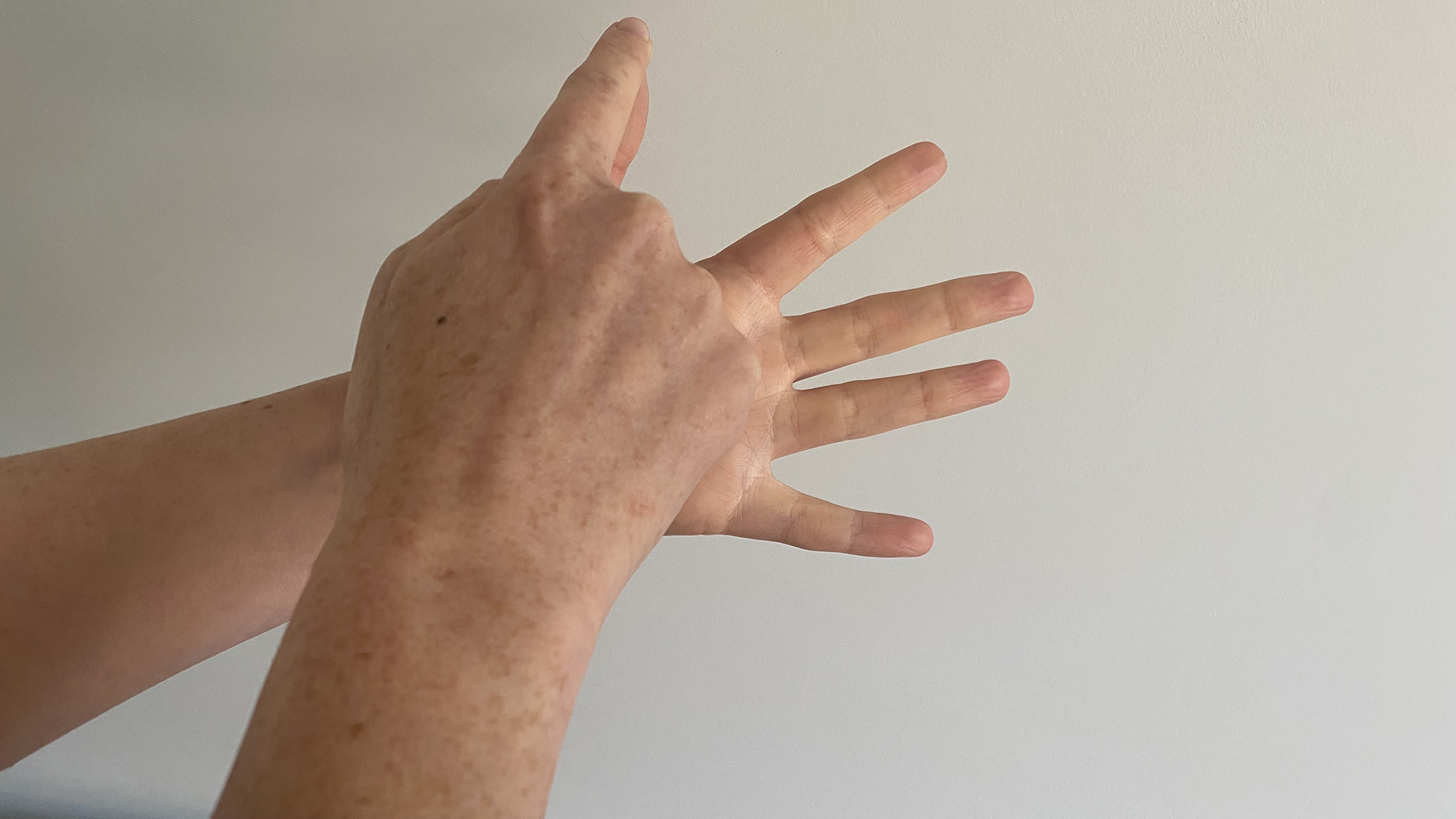
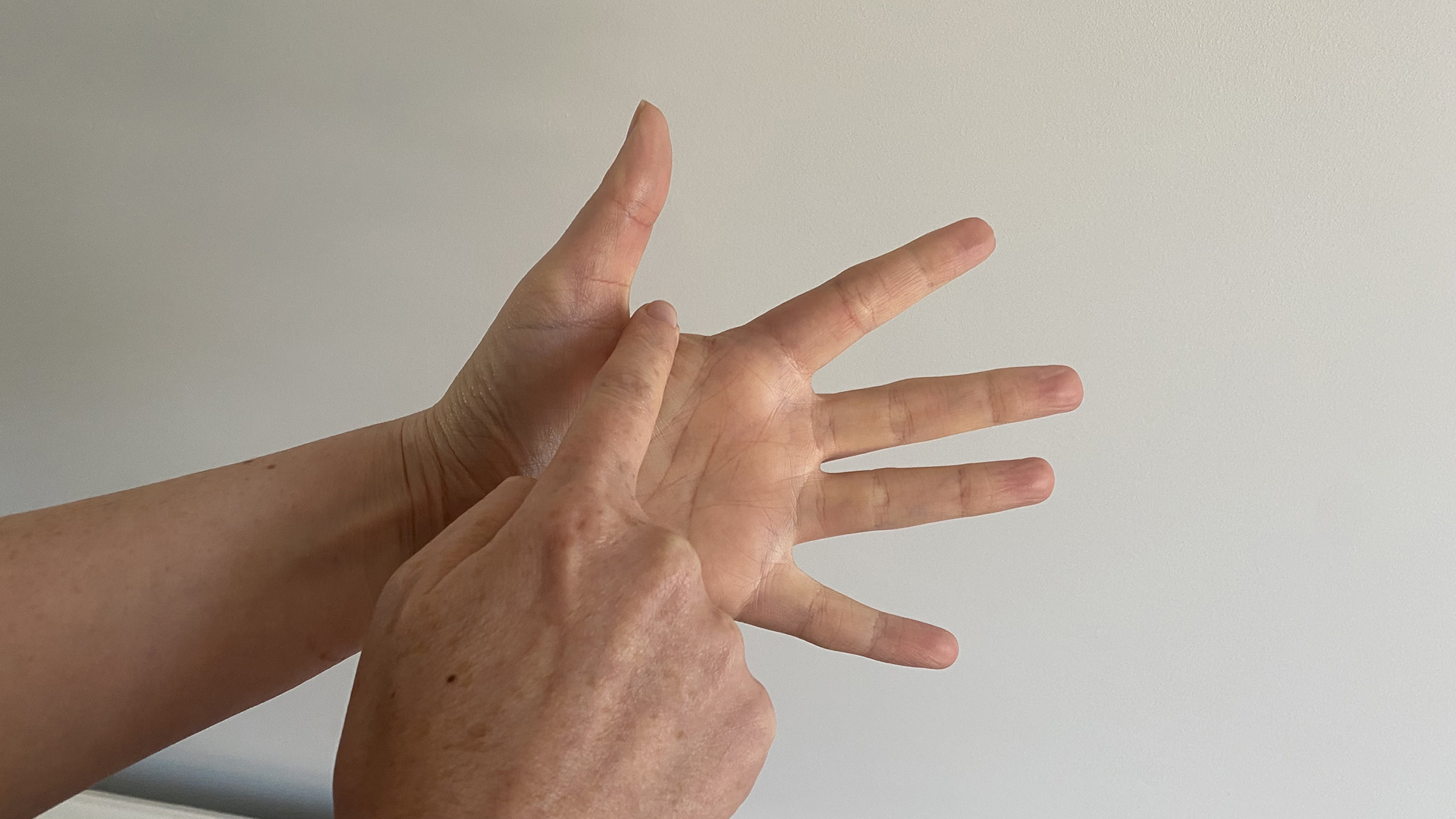
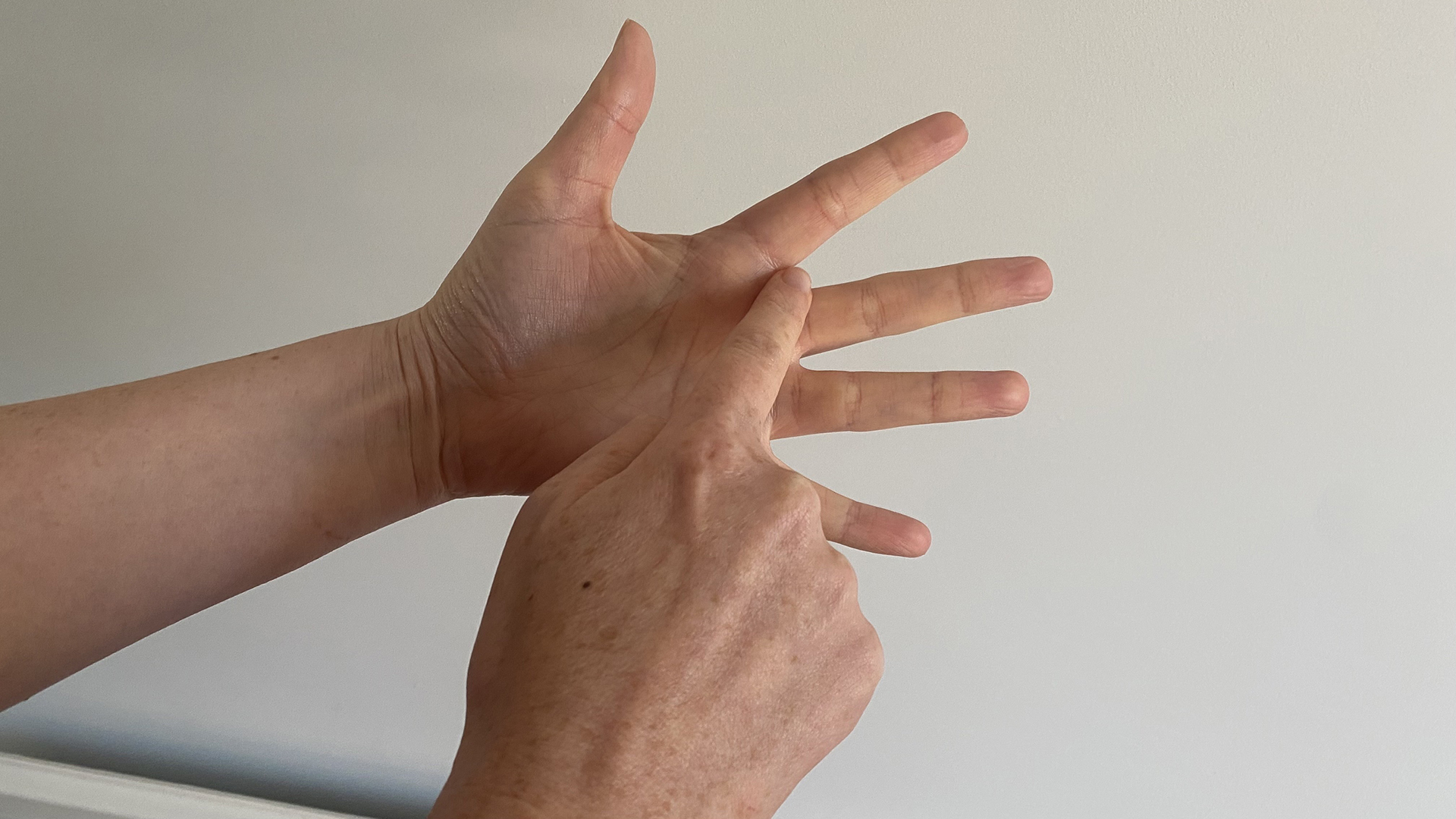
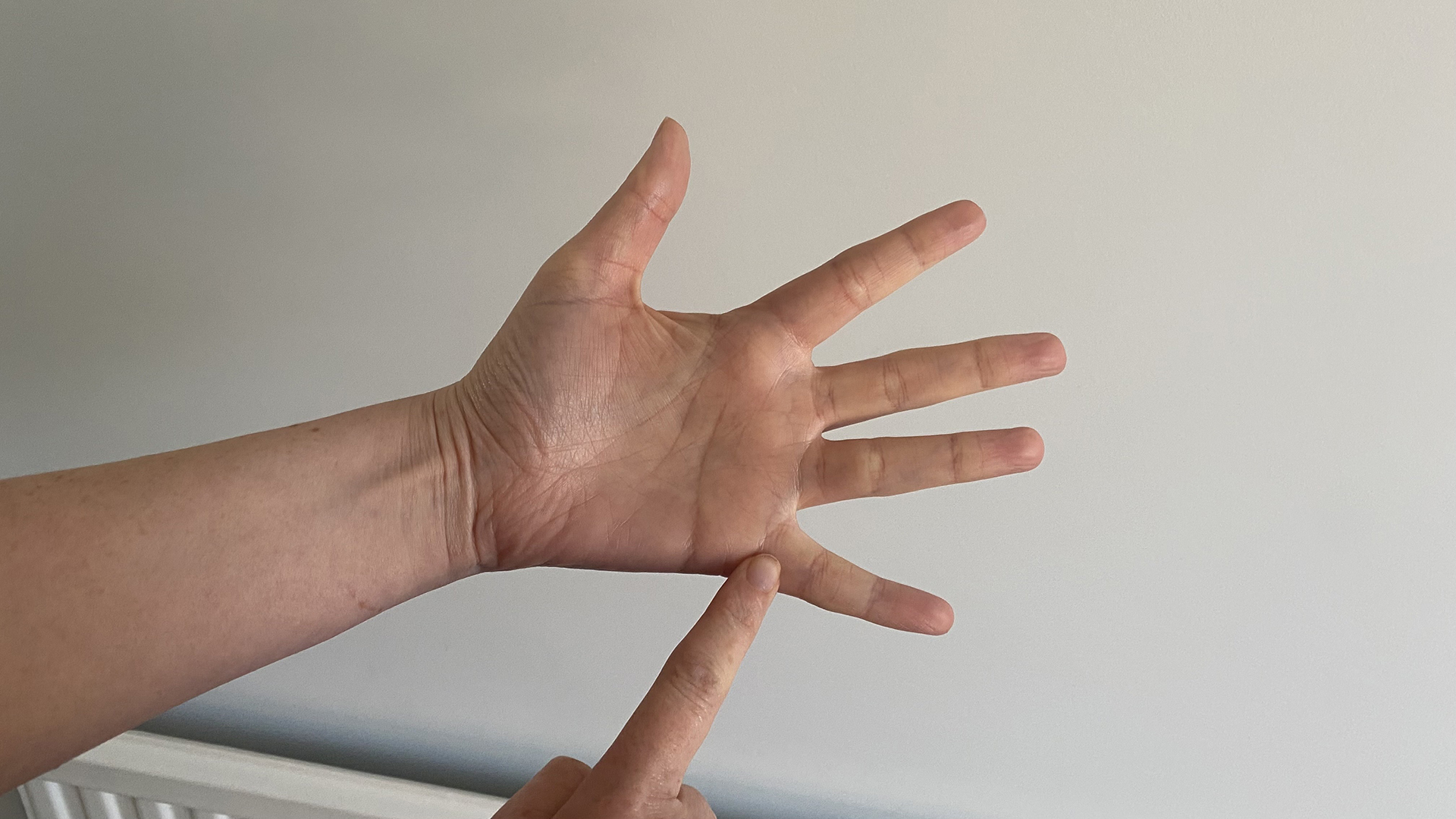
But I could have used a little more engagement — my hand quickly switched to autopilot, freeing up brain space for worrying.
Also, while the gentle movement was soothing, I'm pretty ticklish. Having finished lightly brushing all five fingers I had to spend some time scrunching my hand just to banish the sensation.
5 tips to help you sleep when your stressed
Although finger breathing wasn't for me, it's such an easy technique it's worth an attempt. But if stress is a regular sleep saboteur, try these methods as well...
1. Military Sleep Technique
The Military Sleep Method is a popular technique supposedly developed by the US Military to help people sleep better in high-stress combat zones.
"It works by guiding you through full-body relaxation and mental quieting," explained Dr. Leah Kaylor when speaking about the effectiveness of the Military Sleep Method.
The technique is easy to follow and engages both the body and the mind. It begins with relaxing your jaw and facial muscles, followed by relaxing your arms, then your chest and finally your legs and feet.
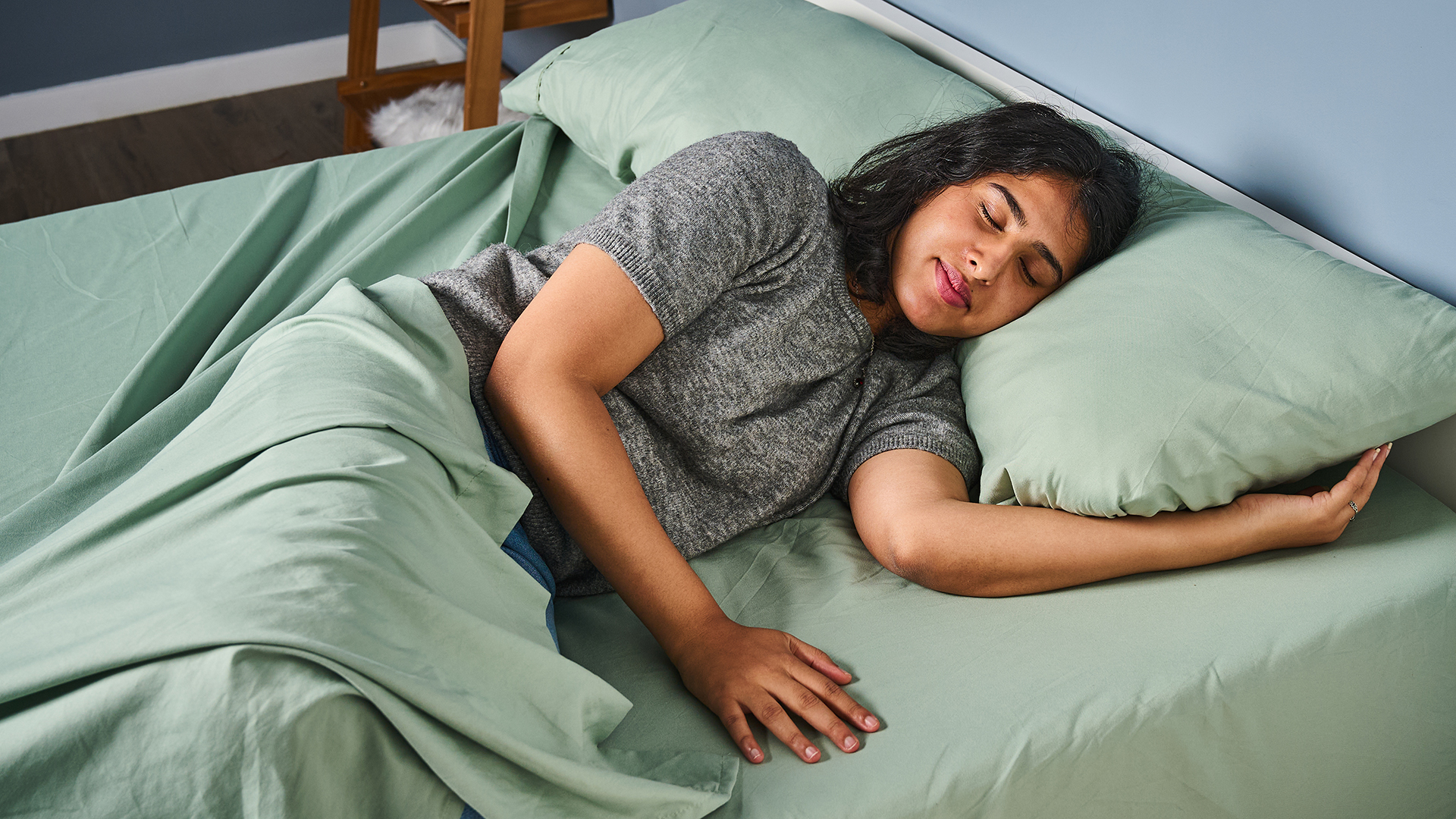
Next, imagine a warm sensation spreading from your head down to your feet.
Clear your mind of thoughts then picture yourself either lying on a hammock in a dark room or on a canoe on a calm lake.
If your mind starts to wander, repeat the words 'don't think' until you return to your visualization.
"The catch is this takes weeks if not months of consistent nightly practice to master," warned Dr. Kaylor. But our Sleep Editor and Certified Sleep Coach Claire Davies can attest that when you use it right, the Military Method works.
2. Constructive Worry Method
The Constructive Worry Method was developed by Dr. Coleen Carney, the director of the Sleep and Depression Laboratory at Ryerson University, as a method for sleeping better when stressed.
With this method you don't quite confront your stress head-on but you do set aside time before bed to work through your fears.
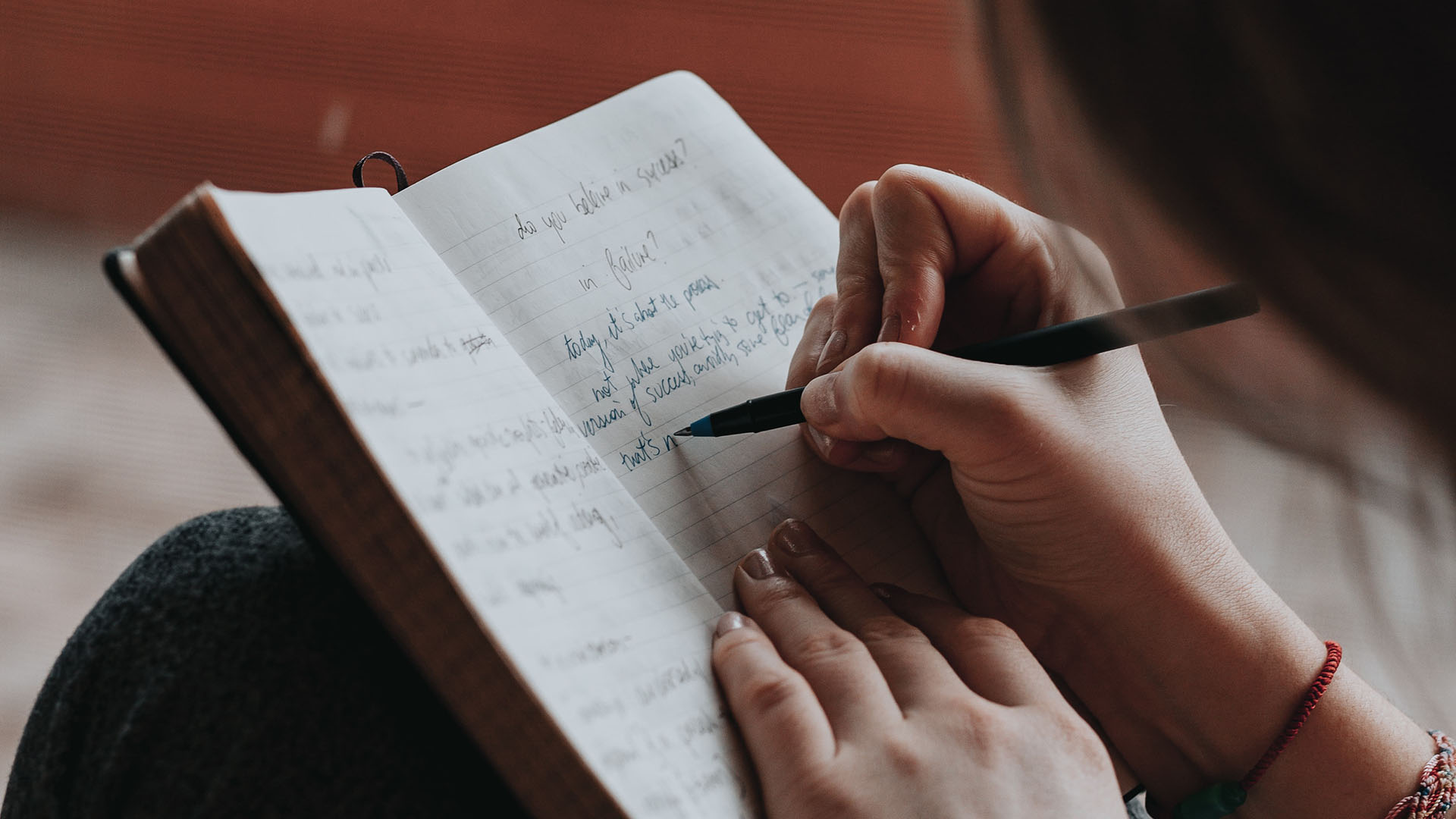
Dr. Michael Gradisar, clinical psychologist Head of Sleep Science at Sleep Cycle, recommend setting aside 15 minutes at least two hours before bed to write down your worries.
Next, write a possible solution to be undertaken the next day.
If your anxieties return at night, you can remind yourself that you're already on top of it.
3. Progressive muscle relaxation
Like finger breathing, progressive muscle relaxation engages your body and breath to create a sense of calm.
However, progressive muscle relaxation involves the entire body, as you tense and relax various muscle groups while breathing slowly in and out.
As you work through each muscle, keep your mind focused on how your body is feeling. If your thoughts start to drift to your anxieties, redirect them back to your body.
4. Create a relaxing sleep environment
Stressful thoughts can often feel out of your control but your sleep environment is largely in your hands — so let's make it work for you.
First, clear up any clutter, as a messy bedroom can increase stress. It doesn't have to be overwhelming. Start with the areas you can see from your bed and clear a few items every day.
Second, block light pollution which can impact your circadian rhythms. An eye mask is an easy hack while blackout blinds offer a long-term solution.
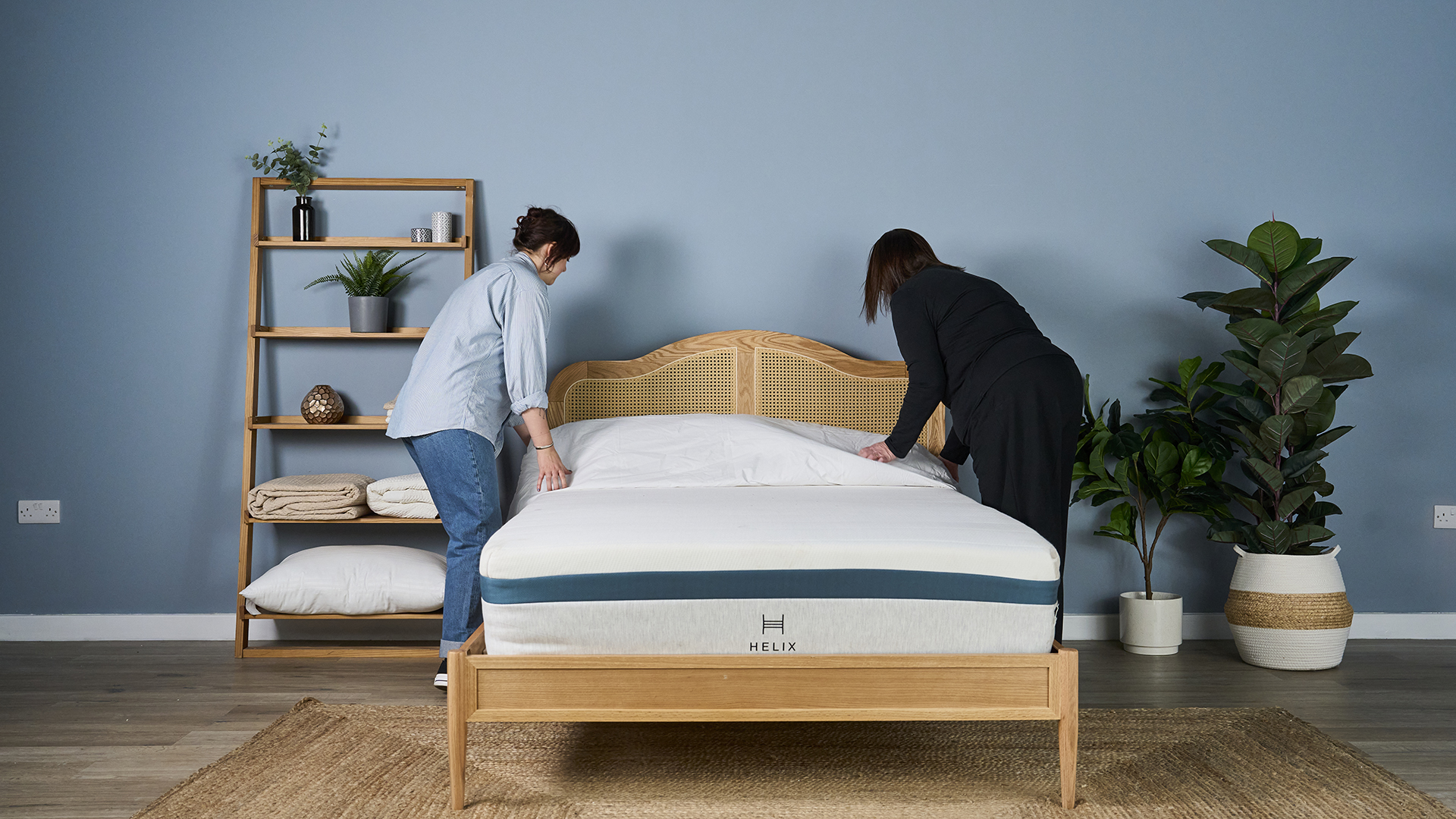
Third, block or mask noise. Ear plugs for sleep are useful if you share with a snorer while white noise can hide disruptive background sounds such as cars.
Finally, think about your bed. The best mattress toppers are an affordable way to enhance the comfort of your mattress on a budget, while the best pillows can reduce neck pain and headaches.
While enhancing your environment might not remove stress, it provides a relaxing foundation for good sleep.
5. Develop a consistent wind-down routine
A nighttime routine signals to your brain that it's time to go to sleep, helping you switch off quicker when you do climb into bed.
Wind down routines are also relaxing. If you find yourself feeling stressed about work, it's a chance to put distance between yourself and your anxieties.
There's no 'perfect' nighttime routine, it's something you should develop based on your own needs and preferences, but some starting points include an evening shower, mindful meditation and a quick read in bed.
Follow Tom's Guide on Google News and add us as a preferred source to get our up-to-date news, analysis, and reviews in your feeds. Make sure to click the Follow button!







